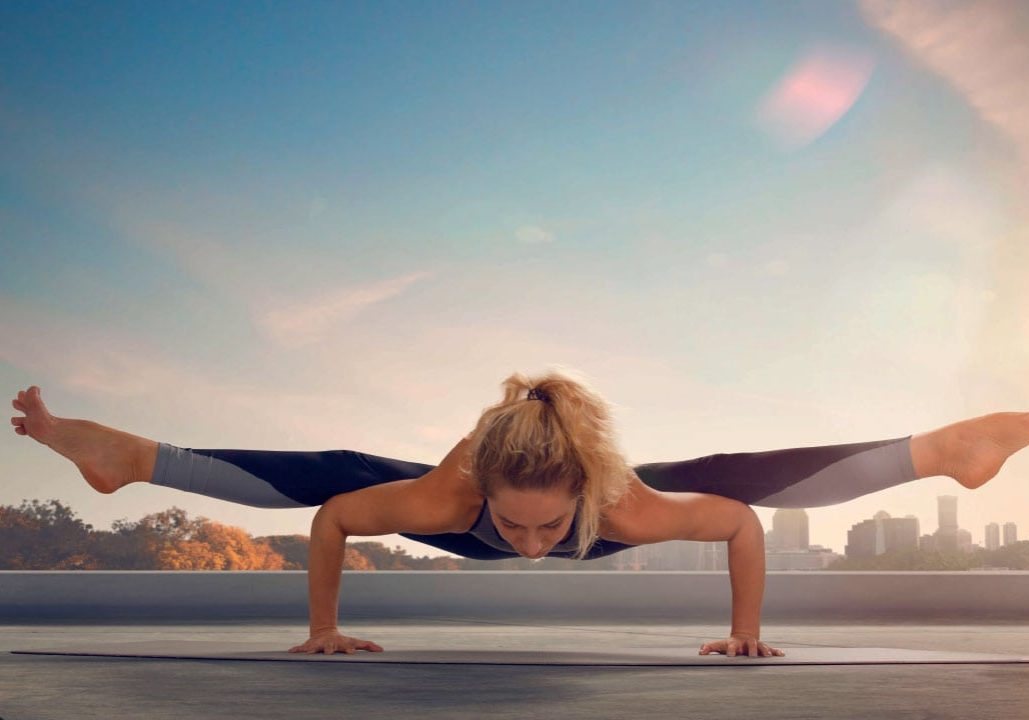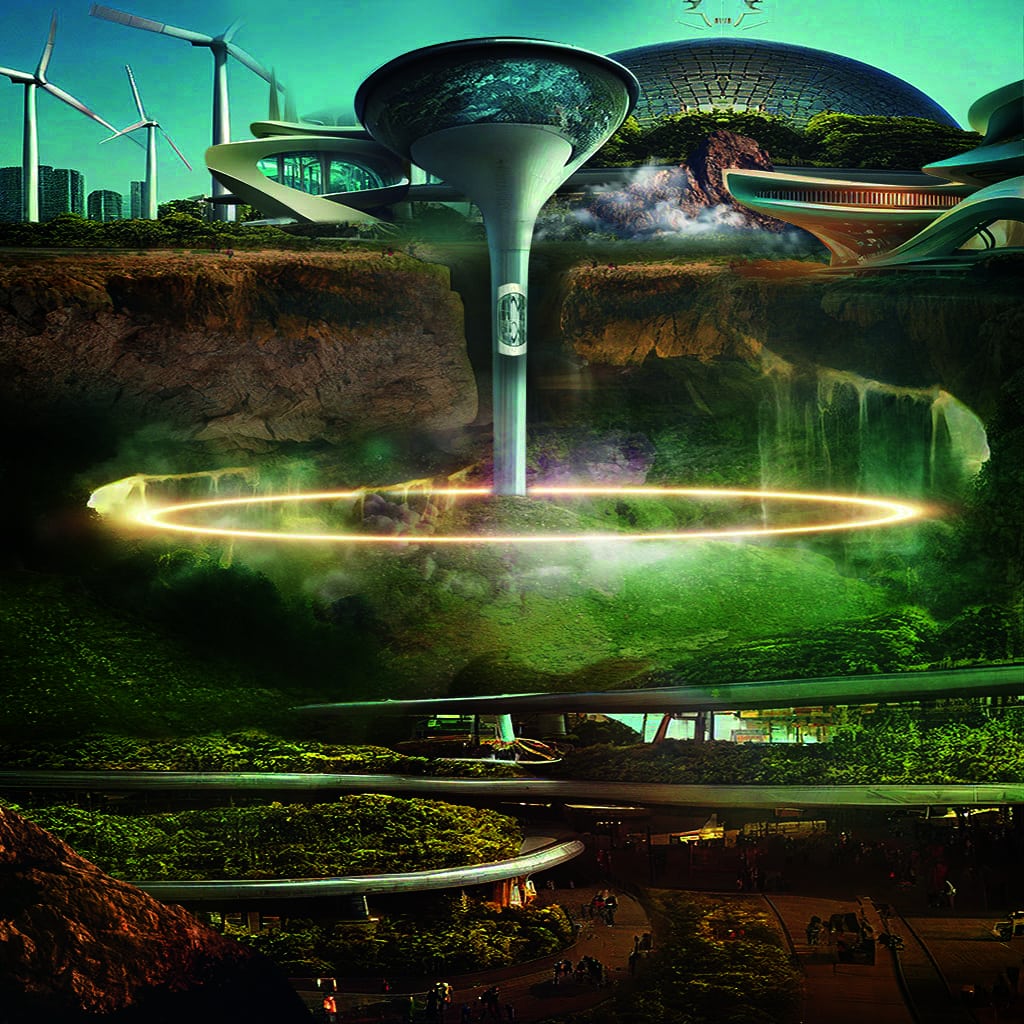Age is just a number. Well, it certainly might be in the future! According to a Future of Wellness report by David Lloyd Clubs the times are a’ changing in the realm of fitness. The future-gazing study delves into the trends of tomorrow from underground biodomes, to personalised sleep pods and hyper[1]personalisation which it reckons will become the norm by 2063.
The report is geared towards everyday fitness and the evolution of gyms and high-street fitness — rather than yoga — and envisions a world of monitoring and tracking, among other technology intrusions.
So, what will the health club of 2063 look like? Here are a few crystal ball predictions:
Leaving age in the past
The entire health and wellness experience will be based on personalisation, with sensors and trackers inbuilt into our lives, meaning that from the moment a member joins a health club their programme will be completely personalised and automated to their needs. The ability to use this data to make constant corrections to everything from vitamin levels to the way our brain interprets signals, means the health club could become a central hub to eliminate all of the physical and mental signs of ageing as we know them today.
Far more than a gym floor
With space at a premium, and changing city infrastructures, there is potential to build downwards and create underground biodomes designed with perfect environmental conditions to mimic all the health benefits of fresh air and sunshine. A whole ecosystem can be created using vitamin D lighting and AR technology that allows us to have a full adventure every time we visit. A health club membership of the future could include a 40-minute hike in the mountains, with all the benefits of the great outdoors in a city centre.
Virtual solutions, rooted in bricks and mortar
AI, AR and the metaverse mean we will be able to work out in a group wherever and whenever we want. A class with friends from around the world, taking place at the top of a mountain all from your own living room without the need to wear clunky VR headgear will become the norm, and a part of your standard club subscription. This will mean leaving your home and going to your club will no longer be primarily skewed towards physical activity but a place to connect, to seek rest and to nurture your mental wellbeing through community and connection with everyone from other members to licensed therapists, all designed to nurture body and soul.
Rest, work and play
The idea of health being hard work is set to die by the 2060s – no longer an obligation or a challenge the focus will be on escapism and fun and the benefits of rest. Our bodies will always need exercise, but as the working week changes shape around our obligations, the health club offering will see more gamification, more focus on disconnecting and resting and on a holistic approach to mental and physical health. Additionally, as technology develops, individual sleep pods within health clubs could allow people with the perfect personalised environment to rest and recharge their bodies.
The new report looks at predicted trends for the health and wellness space over the next 40 years, covering topics from what Gen Z want for their future, to how the fitness industry will need to adapt for an ageing population and the impact of new technologies we can’t even imagine yet.
Russell Barnes, CEO at David Lloyd Clubs, says the illuminating insights will help shape long[1]term strategy at gyms, in particular at how the use of new and emerging technology can allow them to adapt to meet members’ needs.
“As a first step on our digital transformation journey we have launched a new app which brings to life our in-club proposition digitally to a whole new audience, both in-club and with on demand content at home. This digital flexibility is the first step in supercharging our ability to respond to those changing consumer needs both now and into the future,” he says.
Beyond the wellness of the population, the future will also bring increased ways to contribute to the health of the planet. The health and wellness industry will need to continue making strides to a more sustainable future, and by 2063 even become entirely self-powered. The key to achieving this will be knowledge-sharing among different businesses, as new technologies develop it will be crucial for different organisations to come together and ensure everyone is able to level up for a better future.
What about yoga?
Some of these ideas may resonate more than others among the yoga community. Anything that increases sustainability or takes a nurturing stance toward the environment will be welcomed with open arms.
Technology is also being embraced — up to a point. Online and at-home yoga is already a huge trend, especially so following the lockdowns implemented by governments in the wake of the Covid-19 crisis.
But the idea of constant, unnoticeable tracking and adjustments may not sit comfortably with everyone. Many yogis prefer getting back to yoga the way the ancients knew it. For many soul seekers, the traditional authentic yoga experience — without sensors, apps or data tracking — is where it’s at. Hence the demand for regular pilgrimages to the ashrams of India and beyond.
At the same time, high[1]street gyms have made yoga more accessible to a whole new market, offering a good variety of classes at excellent value. This has become hugely significant in the current tight economic climate, exacerbated after the lockdowns brought whole economies to a standstill.
Let’s hope the future holds something for everyone. For those who want their gym fix — complete with biospheres and sleep pods — then the future looks bright. But thank goodness too for all those traditional yoga studios out there where you can escape all the madness,…and just breathe…and be. Life doesn’t need to be complicated. Just remember: if it all gets too much, just switch off your phone and go outdoors for a gentle walk in nature. Simples!
The Future of Wellness report from David Lloyd Clubs is available at: davidlloyd.co.uk/future-of-wellness











